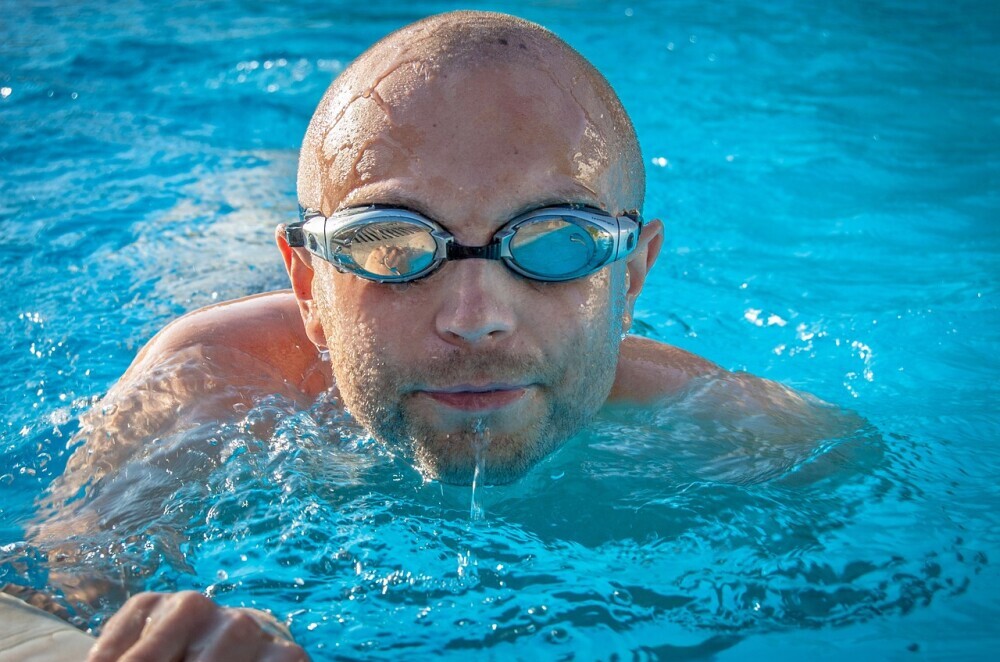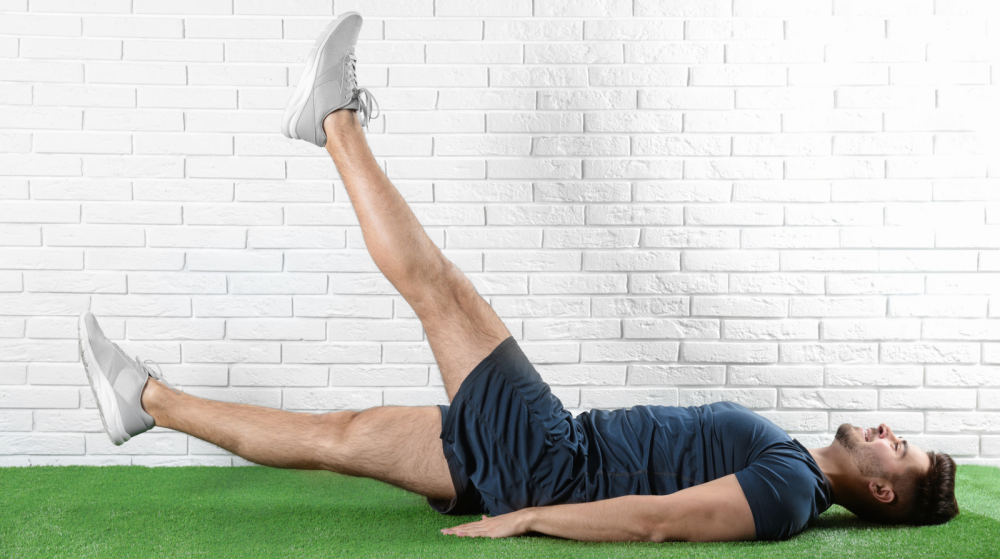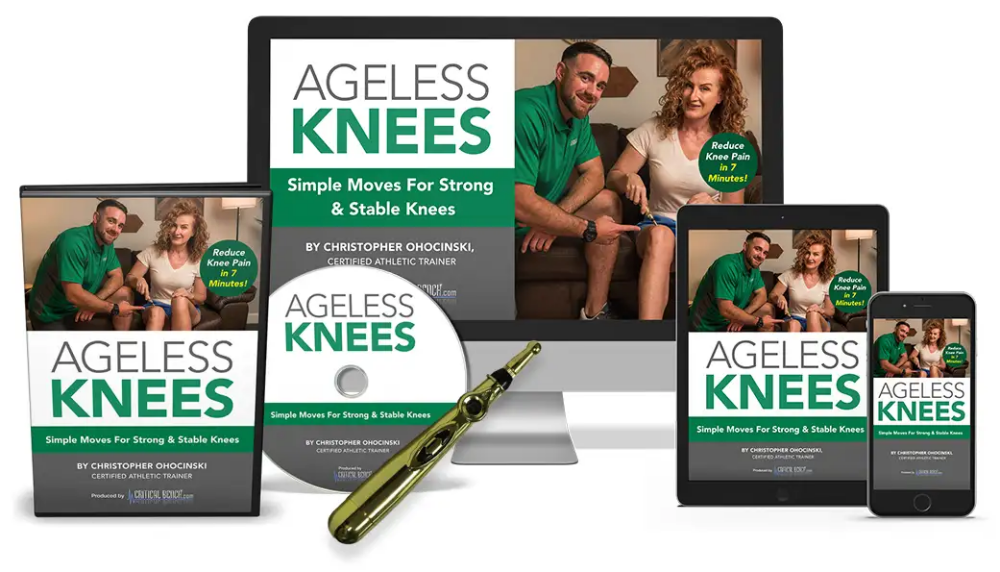Knee pain among seniors is, unfortunately, pretty common. Osteoarthritis, overuse, and old injuries often come back to haunt folks over 60. What might start as a twinge can quickly turn into a debilitating ache if not addressed. The goal? Keeping that pain at bay while maintaining an active lifestyle.
Knee pain often messes with daily routines more than one might think. Walking the dog or climbing stairs suddenly turns into a challenge. This pain can sap the joy out of activities you love. Beyond the physical discomfort, it can drag down your mental well-being too. Nobody likes feeling limited.
Early intervention is key. When knee pain shows up, don’t ignore it. Regular exercise should be part of your routine. It’ll not only help manage pain but also avoid it in the first place. Movement keeps the joints ready for action, muscles strong, and your spirits high.
Best Exercises for Knee Pain Relief

When knee pain hits, choosing the right exercises can make all the difference. It’s about finding activities that build strength without adding extra strain on those joints. For seniors, low-impact exercises tend to be the go-to.
Walking might seem too simple, but it’s incredibly effective. Keeping a steady pace on even ground can help maintain mobility. Swimming is another fantastic option. It’s easy on the knees since the buoyancy in the water reduces weight on your joints.
Cycling is excellent for folks wanting a bit more action without the pounding stress of running. Whether it’s a stationary bike or a gentle ride through the park, it promotes good knee health.
Stretching exercises also play a significant role. They keep the muscles around the knee flexible, reducing stiffness. Simple stretches like calf stretches, hamstring stretches, and gentle quad stretches should be part of the routine. These exercises improve overall flexibility which helps in dealing with daily tasks more comfortably.
Consistency is key here. Incorporating these activities into your daily routine can help manage current knee pain and prevent future discomforts. Movements tailored for your capabilities will yield the best results without the risk of overexertion. Staying active and pain-free is the ultimate goal.
Strengthening Knee Muscles in Older Adults
Building strength around the knee is like giving your joints a solid support system. Strong muscles can genuinely ease the pressure on your knees, making movements smoother and less painful.
Among the best strength-training exercises for seniors are leg lifts. These might seem basic, but lifting your leg straight out while lying down or sitting works wonders for the quadriceps. These muscles are crucial for knee stability.
Hamstring curls deserve a spot in your routine too. You can do these while standing, holding onto a chair for support. Simply bending your knee to bring your heel up towards your buttock strengthens the muscles at the back of your leg.
Step-ups are another great pick. Using a low step or stool, step up and down at a controlled pace. It mimics real-world movements like climbing stairs while building strength and stamina.
Keeping consistent with these exercises is important. Start slow and gradually build up the intensity. Consistency ensures that your muscles strengthen over time, providing better support for your knees.
Finally, ensure proper form. Bad posture can lead to ineffective workouts or even injury. Consider consulting a physical therapist to get personalized advice and make sure you’re on the right track. Proper guidance will maximize the benefits and help avoid any missteps.
Exercises to Prevent and Reduce Knee Pain
Certain exercises specifically target the reduction and prevention of knee pain. They focus on balance, stability, and flexibility, which are crucial for maintaining a pain-free life.
a simple seated towel routine that silences knee pain in 1 minute a day…
Balance and stability exercises can significantly benefit knee health. Activities like tai chi, which involve slow and controlled movements, improve balance and coordination. Similarly, using a balance board can engage and strengthen muscles around the knee, enhancing joint stability.
Yoga and Pilates should definitely be on your radar. These practices offer a full-body workout with a specific focus on joint health and flexibility. Gentle yoga poses, such as the Tree Pose and Warrior Pose, strengthen leg muscles while improving balance and flexibility.
Pilates is great for core strength, which indirectly supports the knees by promoting better overall alignment and posture.
Don’t forget about foam rolling and gentle massage. These techniques help ease muscle tension and improve blood flow around the knee. It’s a soothing way to support muscle recovery after exercising, keeping the area loose and less prone to stiffness.
Regularly incorporating these exercises into your routine can have lasting effects on knee health. Mix them up to keep things interesting and ensure a well-rounded approach to preventing and reducing knee pain. Staying active, while taking care of your knees, ensures you keep enjoying the activities you love.
Preventing Knee Pain as You Age
Preventing knee pain isn’t just about exercising—lifestyle choices play a huge role too. Keeping a healthy weight is crucial. Excess weight adds extra strain to your knees, so shedding a few pounds can make a big difference. Focus on a balanced diet rich in nutrients to support joint health.
What you eat is equally important. Incorporating anti-inflammatory foods like leafy greens, berries, nuts, and fatty fish can reduce inflammation and keep your joints in better shape. Staying hydrated is another simple yet effective way to maintain joint lubrication and cushion your knees.
Proper footwear is essential. Shoes with good arch support and cushioning can prevent additional stress on your knees. Avoid high heels and go for comfortable, supportive shoes that evenly distribute your weight.
Avoiding high-impact activities is another way to protect your knees. Opt for low-impact options like the ones mentioned earlier—walking, swimming, and cycling. These keep you active without the harsh impact on your joints.
Maintaining a regular exercise routine tailored to your needs, with a mix of strength, flexibility, balance, and low-impact cardio, keeps your body in motion and your knees happier. Small tweaks in your daily habits reflect in your long-term knee health. Being proactive today means enjoying more pain-free days ahead.
** Our website contains affiliate links. This means if you click and make a purchase, we may receive a small commission. Don’t worry, there’s no extra cost to you. It’s a simple way you can support our mission to bring you quality content.
FAQ:
1. How do you relieve knee pain?
- Rest and Ice: Taking a break from activities that exacerbate the pain and applying ice can help reduce swelling.
- Compression: Using a knee brace or wrap can provide support and limit movement.
- Elevation: Keeping the knee elevated can help decrease swelling.
- Over-the-counter pain relief: Nonsteroidal anti-inflammatory drugs (NSAIDs) like ibuprofen can help alleviate pain and inflammation.
- Gentle exercises: Strengthening and stretching exercises can improve flexibility and support knee function.
- Physical therapy: A physical therapist can develop a personalized program to strengthen the muscles around the knee.
2. What are four common causes of knee pain?
- Arthritis: Osteoarthritis and rheumatoid arthritis are common causes that can lead to pain and stiffness.
- Injuries: Sprains, strains, ligament tears (like ACL injuries), or cartilage damage (like meniscus tears).
- Tendinitis: Inflammation of the tendons around the knee can cause pain, especially with overuse (e.g., runner’s knee).
- Bursitis: Inflammation of the bursae (small fluid-filled sacs that cushion the knee joint) can cause pain.
3. What can cause knee pain without injury?
- Osteoarthritis: Degenerative joint disease can occur due to wear and tear over time.
- Tendinitis: Overuse or repetitive strain can lead to inflammation without a specific injury.
- Gout: A form of arthritis caused by the buildup of uric acid can lead to sudden pain and swelling in the knee.
- Infection: An infection in the knee joint or surrounding tissues can cause pain, swelling, and warmth.
4. What should you not do if your knee hurts?
- Avoid high-impact activities: Running, jumping, or activities that put stress on the knee can worsen pain.
- Don’t ignore pain: Continuing to push through the pain can lead to more serious injuries.
- Avoid prolonged sitting or standing: Staying in one position for too long can increase stiffness and discomfort.
- Don’t skip rehabilitation exercises: Neglecting strengthening and flexibility exercises can hinder recovery.
5. What is the #1 mistake that makes bad knees worse?
- Neglecting to strengthen surrounding muscles: Failing to engage in exercises that strengthen the quadriceps, hamstrings, and calves can lead to instability and increased strain on the knee joint, worsening the condition.
6. Is walking good for a hurt knee?
- Yes, generally! Walking can be beneficial for maintaining mobility and strengthening the muscles around the knee. However, it should be done at a comfortable pace and with proper footwear. If walking increases pain, it’s important to modify the activity or consult a healthcare professional.




Thank you for your easy to read and informative article on knee pain. Having just turned 60, I hate to think that I’m old. Walking is my exercise of choice. I walk on the street but also hike doing long hikes of 20 km in a day. Luckily I don’t have any knee pain and seem OK, so far. I have heard that every extra kilo of weight is 5 kg on your joints so thats a lot for our knees to carry. I think as we age we have to really dedicate time to our health putting in thre effort with a good diet asnd exercise to keep us mobile and healthy. I intend to continue hiking for as long as I can.
Hi Lyn,
Thank you so much for your comment! It’s inspiring to hear about your dedication to staying active and maintaining your health through walking and hiking, especially those long hikes!
You’re absolutely right—every extra kilo can significantly impact our joints, especially our knees, so staying mindful of diet and maintaining a healthy weight is key.
It’s fantastic that you’re pain-free and taking preventive measures. Your commitment to health and mobility will certainly serve you well as you continue hiking for years to come. Keep up the great work, and here’s to many more pain-free hikes! If you ever need more tips or exercises to support your knees, feel free to reach out.
What I love most about this list is that it’s realistic—no complex moves or anything too intense, just straightforward exercises that help keep the knees strong and flexible. It’s a reminder that small steps really do add up over time. For anyone dealing with knee pain or just wanting to stay mobile, I’d say these exercises are absolutely worth trying. Thank you for sharing. I personally am in recovery from an ACL knee operation – so know all about knee pain! It really is about small positive steps, no quantum leaps, just small steps of progress.
Hi Rick,
Thank you so much for your feedback! I’m really glad to hear that you found the exercises realistic and accessible— that was exactly the goal.
You’re absolutely right: when it comes to knee health, especially after something like an ACL operation, it’s all about those small, consistent steps. It’s amazing how a few simple moves can gradually build up strength and mobility, making such a positive difference over time.
Wishing you all the best in your recovery, and thank you for sharing your experience—it’s so inspiring for others on a similar journey. Keep up the great work!
Let me know if you’d like more tailored exercises or tips for recovery!
Cheers
John